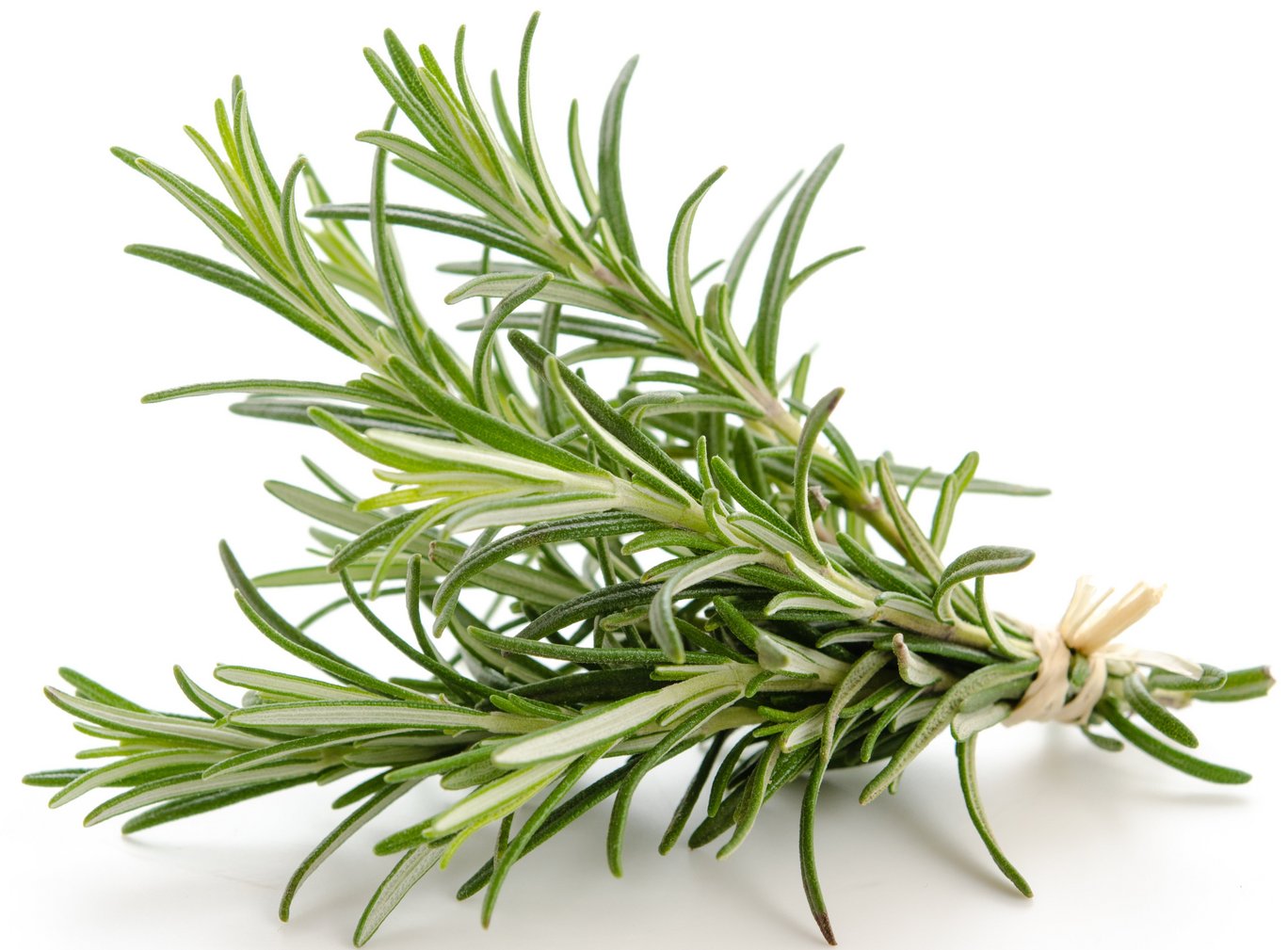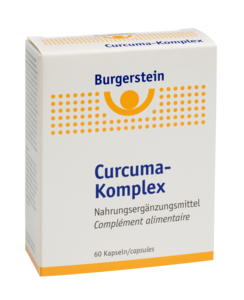Rosemary
The evergreen semi-shrub rosemary (Rosmarinuns officinalis) belongs to the "labiate family" and is native mainly to the central and western Mediterranean region. It can grow up to two meters high and exudes an intense aromatic fragrance. The slightly bitter, resinous taste is somewhat reminiscent of eucalyptus or camphor. For a long time, rosemary was considered a symbol of love. The plant was used to make wreaths that served as headdresses for brides. Ophelia tied a rosemary wreath for Hamlet as a sign of her fidelity. And if troubadours wanted to win a lady over, they presented her with a bouquet of rosemary.
The plant is still an important ingredient in Mediterranean cuisine today and is included in the Provence herb mix, among other things. The popular barbecue spice goes very well with meat, potatoes, poultry as well as pasta and is often found in herb butter. We also know rosemary as food additive E 392, which is often used as a preservative and antioxidant. From frozen pizzas to spreads to sauces and soups, E 392 is found almost everywhere and is considered safe unless there is an allergy to rosemary's components. The plant also plays a major role in perfume production. For example, cologne still contains rosemary oil.
In Germany, rosemary was medicinal plant of the year in 2000 and 2011. The extract is used internally as a tea and can relieve flatulence and stimulate circulation. It also has both a bile and diuretic effect. Traditionally, ointments with rosemary are used against rheumatism and migraine. For poorly healing and infected wounds, a rosemary bath promotes the healing process. The antiseptic effect of rosemary oil is more than five times higher compared to phenol (carbolic acid). According to the European Pharmacopoeia, the oil extracted from the plant by steam distillation has antimicrobial activity and therefore acts against various molds, bacteria and yeasts.
The ingredients of rosemary
The proportion of essential oils is about 2.5 percent. These are mainly the terpenes borneol, cineol, carnosolic acid, terpineol, camphor, oleanolic acid, betulin, bornyl acetate and carnosol. It also contains around 8.0 percent tannins, with rosmarinic acid being particularly important. Furthermore, the plant hides various vital substances, flavonoids, resin, saponins, bitter substances and glycolic acid. It is also worth mentioning the pentacyclic triterpenoid ursolic acid. Most of the above ingredients are also present in sage extract (Salvia Officinalis (Sage) Leaf Extract).
Ursolic acid, rosmarinic acid and carnosolic acid are considered to be the main active ingredients in rosemary and are also interesting in terms of cosmetic benefits. We therefore present these three substances in a little more detail.
Carnosolic acid
Carnosolic acid is found in both rosemary and sage species. The carboxylic acid belongs to the phenols and diterpenes and belongs to the group of ferruginol derivatives. Dried rosemary and sage leaves contain about 1.5 to 2.5 percent carnosolic acid.
Carnosolic acid was first discovered in 1962 by Horst Linde. He first isolated the substance from common sage (Salvia officinalis). Seven years later, the German pharmacist and food chemist Carl Heinz Brieskorn discovered that carnosol and carnosolic acid are responsible for the antioxidant effect of sage and rosemary, and that carnosolic acid has the strongest antioxidant activity.
Carnosolic acid is a yellow powder with a bitter taste obtained from rosemary by solvent extraction using ethanol and/or hexane. Also, commonly used is high-pressure extraction with carbon dioxide. The European Food Safety Authority (EFSA) already certified the safety of carnosolic acid for use in food in the summer of 2008.
However, carnosolic acid not only has an antioxidant effect, but also an antimicrobial effect, which is particularly noticeable against the bacterium Staphylococcus aureus. This effect is attributed to the inhibition of nucleic acid biosynthesis in the bacterium. Animal studies also demonstrated a chemo protective effect of carnosolic acid in the fight against carcinogens.
Rosmarinic acid
The phenylacrylic acid rosmarinic acid was first discovered and isolated in 1958. As the name suggests, researchers at the time succeeded in isolating it from rosemary. In principle, however, rosmarinic acid is widespread in the plant kingdom. For example, it is also found in many hornworts and ferns. In plants, rosmarinic acid serves as a defense against bacteria and fungi. Rosmarinic acid has tanning properties, influences complement-dependent stimulation of prostaglandin synthesis and blocks opsonization. Athletes appreciate ointments with rosmarinic acid because the substance has antiviral, antibacterial and anti-inflammatory effects. For the same reason, rosmarinic acid is also suitable for cosmetic use. But rosmarinic acid is also able to promote blood circulation and stimulate blood flow. This in turn boosts skin metabolism: one of the main reasons why rosmarinic acid is excellent for anti-cellulite preparations and products for mature skin.

Rosemary extract contains...
Burgerstein Curcuma Complex contains a high-quality turmeric extract produced with a special technology, as well as a rosemary extract and all natural forms of vitamin E.
The turmeric (Curcuma longa), which comes from the ginger family, is much more than just a spice plant. The intensely yellow colored turmeric powder is commonly known as one of the main ingredients of curry. The dried and powdered curcuma longa root with curcumin as an important ingredient gives curry its characteristic color.
In our country, the diverse effects of turmeric extracts have only become better known in recent years. Therefore, it is very important to pay close attention to the selection of turmeric extract when buying a dietary supplement with turmeric.



